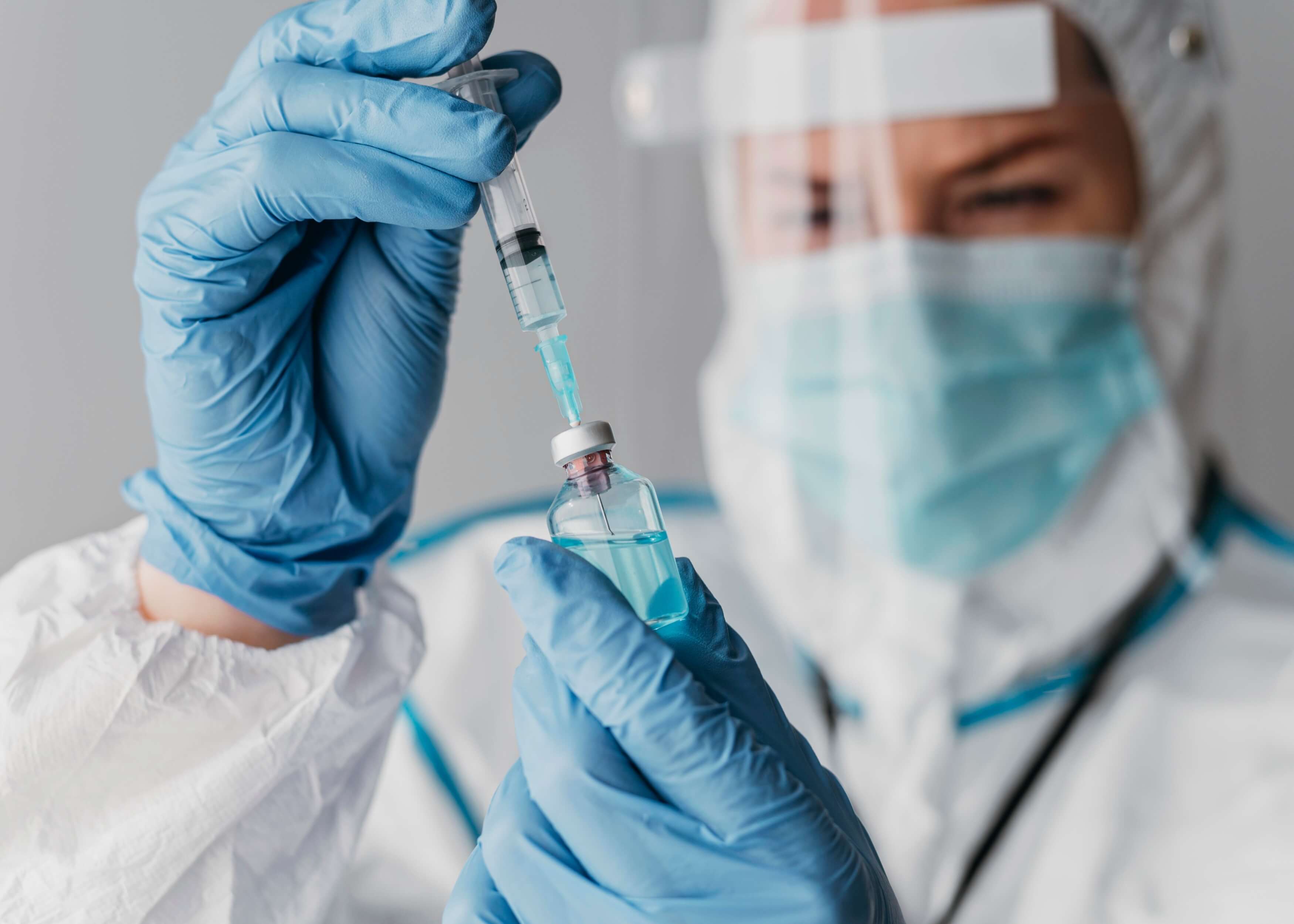DOCTOR INFORMATION
Clinical Trials
Background
What is a clinical trial?
 A study which evaluates the safety and efficacy of a new treatment (medical drug or device)
A study which evaluates the safety and efficacy of a new treatment (medical drug or device)
How do clinical trials work?
 The researchers monitor and evaluate the effects of the new drug or device
The researchers monitor and evaluate the effects of the new drug or device
Why are they used?
 To establish if the new treatment is safe and effective or if it is more safe and effective than the current standard treatment
To establish if the new treatment is safe and effective or if it is more safe and effective than the current standard treatment

Phases of Clinical trial research
Pre-clinical phase:
 This phase is designed to prove the safety of the treatment in a controlled laboratory environment
This phase is designed to prove the safety of the treatment in a controlled laboratory environment
 This involves testing the new treatment on cells and animals to see if an immune response is produced
This involves testing the new treatment on cells and animals to see if an immune response is produced
 Safety, toxicity, pharmacokinetic, and pharmacodynamic information are all assessed
Safety, toxicity, pharmacokinetic, and pharmacodynamic information are all assessed
 If pre-clinical phases are given approval, the trial moves onto phase 1
If pre-clinical phases are given approval, the trial moves onto phase 1
 Usually lasts 1 to 2 years
Usually lasts 1 to 2 years
COVID-19:
 A research phase in which a natural or synthetic antigen is identified which will trigger the same immune response in your body, as if you were infected with the SARS-COV-2 virus
A research phase in which a natural or synthetic antigen is identified which will trigger the same immune response in your body, as if you were infected with the SARS-COV-2 virus
 Testing of this antigen is then carried out on cells and animals
Testing of this antigen is then carried out on cells and animals
Phase 1:
 The treatment is administered to a small group of adults (normally between 20 and 80 people)
The treatment is administered to a small group of adults (normally between 20 and 80 people)
 The safety is evaluated, looking at the dosage range and any side effects that arise
The safety is evaluated, looking at the dosage range and any side effects that arise
 The level of immune response generated in the adults is also evaluated
The level of immune response generated in the adults is also evaluated
COVID-19:
 The vaccine is given to a small group of healthy individuals to confirm its safety and efficacy at stimulating an immune response
The vaccine is given to a small group of healthy individuals to confirm its safety and efficacy at stimulating an immune response
Phase 2:
 The treatment is given to larger group of people (normally between 100 and 500 people)
The treatment is given to larger group of people (normally between 100 and 500 people)
 The treatment is evaluated further
The treatment is evaluated further
 Safety and optimal dosage are assessed
Safety and optimal dosage are assessed
 It is also given to different groups of people to see how its safety and efficacy vary amongst them
It is also given to different groups of people to see how its safety and efficacy vary amongst them
COVID-19:
 The safety of a COVID-19 vaccine is further tested on a larger and broader group of people
The safety of a COVID-19 vaccine is further tested on a larger and broader group of people
Phase 3:
 A much larger group of adults receive the treatment (normally thousands of people)
A much larger group of adults receive the treatment (normally thousands of people)
 The researchers then wait to see how effective the treatment is compared to a placebo group
The researchers then wait to see how effective the treatment is compared to a placebo group
 The safety and efficacy on a larger group of people is evaluated
The safety and efficacy on a larger group of people is evaluated
 As there are more people, relatively rare side effects may be identified in this phase
As there are more people, relatively rare side effects may be identified in this phase
COVID-19:
 The researchers administer the vaccine to thousands of people and then monitor them to see how many become infected in comparison to a placebo group
The researchers administer the vaccine to thousands of people and then monitor them to see how many become infected in comparison to a placebo group
 The efficacy rate is also established here, for example, the Pfizer vaccine was established to be over 94% effective
The efficacy rate is also established here, for example, the Pfizer vaccine was established to be over 94% effective
Regulatory Approval:
 Following success in phase 3, the manufacturer of the new treatment will submit it for approval to regulatory boards
Following success in phase 3, the manufacturer of the new treatment will submit it for approval to regulatory boards
 E.g. the Food and Drug Administration in the US or the European Commission
E.g. the Food and Drug Administration in the US or the European Commission
 The regulatory bodies review the data collected from the trials to decide whether it can be deemed safe and effective
The regulatory bodies review the data collected from the trials to decide whether it can be deemed safe and effective
COVID-19:
 Due to the emergency situation, many countries including the UK are giving vaccines emergency authorisation based on preliminary evidence of safety and efficacy
Due to the emergency situation, many countries including the UK are giving vaccines emergency authorisation based on preliminary evidence of safety and efficacy
 China and Russia have approved COVID-19 vaccines based on the Phase 1 and 2 trials alone
China and Russia have approved COVID-19 vaccines based on the Phase 1 and 2 trials alone
Phase 4:
 Studies continue after the treatment is available on the market
Studies continue after the treatment is available on the market
 Regulatory bodies remain involved in the new treatment, monitoring its production, safety, potency etc.
Regulatory bodies remain involved in the new treatment, monitoring its production, safety, potency etc.
 These studies gather additional information about the risk, benefits and optimal use of the treatment
These studies gather additional information about the risk, benefits and optimal use of the treatment
COVID-19:
 As vaccines are being given to the public, they will continue to be monitored so that any adverse effects, or optimal usage information, is identified as rapidly as possible
As vaccines are being given to the public, they will continue to be monitored so that any adverse effects, or optimal usage information, is identified as rapidly as possible
Combined phases:
 Sometimes different phases are combined in clinical trials in order to speed up the process
Sometimes different phases are combined in clinical trials in order to speed up the process
COVID-19:
 Some manufacturers combined Phase 1 and 2 trials due to the emergency situation
Some manufacturers combined Phase 1 and 2 trials due to the emergency situation
Paused/Abandoned Clinical Trials:
 If the researchers identify concerning signs/symptoms in volunteers, a trial can be paused while they are investigated (before being resumed or abandoned)
If the researchers identify concerning signs/symptoms in volunteers, a trial can be paused while they are investigated (before being resumed or abandoned)
COVID-19:
 A number of vaccine trials were temporarily paused during their development
A number of vaccine trials were temporarily paused during their development
 E.g. the AstraZeneca Oxford vaccine was voluntarily paused in September 2020 due to a potentially unexplained illness in a participant in the phase 3 trials
E.g. the AstraZeneca Oxford vaccine was voluntarily paused in September 2020 due to a potentially unexplained illness in a participant in the phase 3 trials
Summary:
- Clinical trials are studies which assess the safety and efficacy of new medical treatments
- They involve pre-clinical research in which a new treatment is identified and then tested on cells and animals to prove its safety and efficacy
- The new treatment must then undergo 3 phases of human trials on an increasing number of people each time
- Finally, the treatment can then be approved by regulators who look at the evidence collected
- Once approved, the treatment will be available on the market but phase 4 research continues, meaning the safety and efficacy is still being assessed
- Clinical trial phases can be combined to speed up the process, or paused if unexpected results occur













